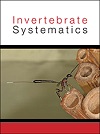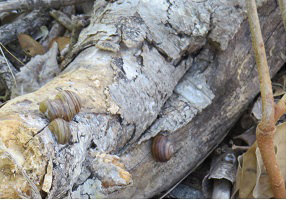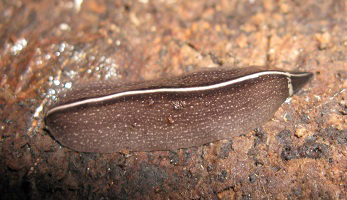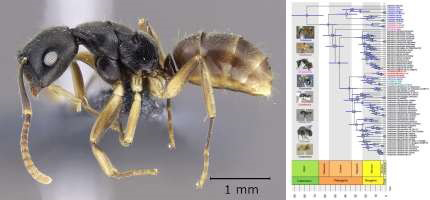IS21071Rhytiphora: a phylogenetic and morphological study of Australia’s largest longhorn beetle genus (Coleoptera: Cerambycidae)
 , Diana Hartley, Mengjie Jin, David M. Rowell, Luisa Teasdale, Adam Slipinski and Andreas Zwick
, Diana Hartley, Mengjie Jin, David M. Rowell, Luisa Teasdale, Adam Slipinski and Andreas Zwick
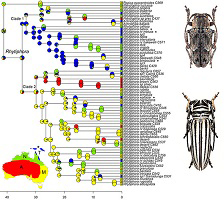
Australia’s largest longhorn beetle genus, Rhytiphora, has received little scientific attention despite the charismatic appearance and broad geographic range. We use mitochondrial genome data to infer the phylogeny of the genus, revealing that Rhytiphora contains two distinct clades that correspond to body size and other morphological traits. Both clades have experienced multiple biome shifts within Australia, though most species diversity is found in the eastern mesic zone. This study provides an unprecedented insight into the evolutionary history of this diverse genus.


